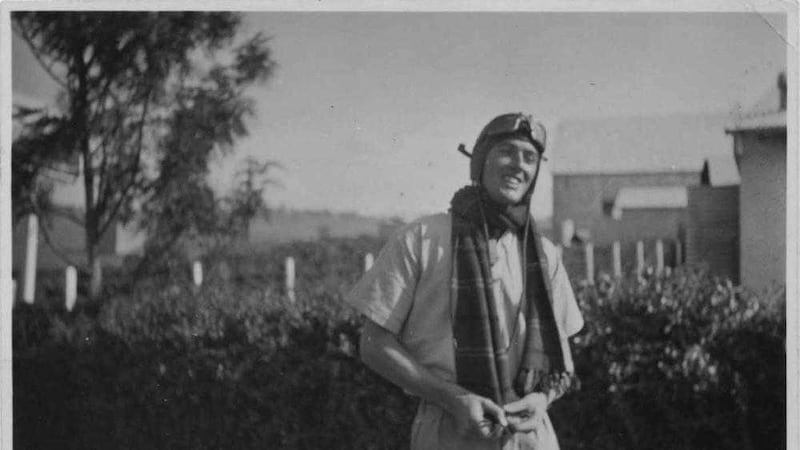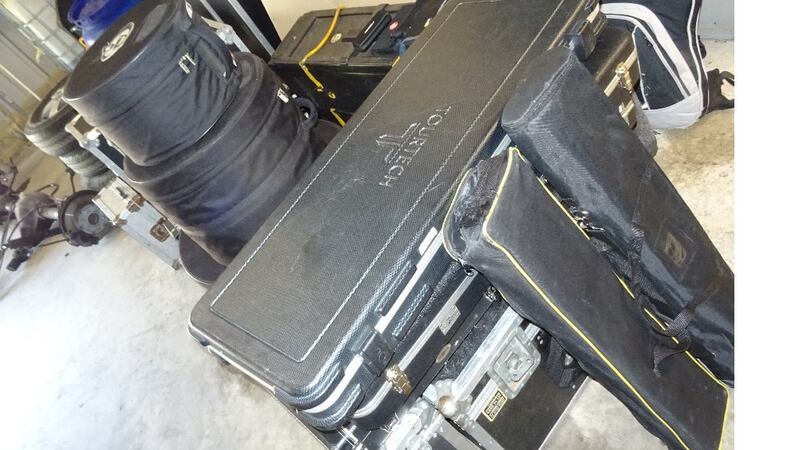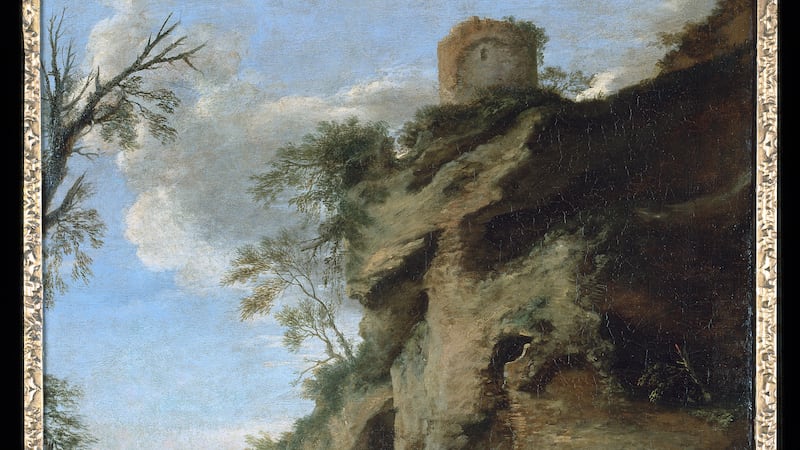"THOSE who don't believe in magic, will never find it," read the final lines in Roald Dahl's last children's book, The Minpins – and Dahl certainly lived by his word.
Injecting a sparkle into all who encountered his work, the late author – known for whimsical tales such as Matilda and Charlie And The Chocolate Factory – would have celebrated his 100th birthday this September, and a whole host of programmes and events have been scheduled to commemorate the anniversary – not to mention the imminent release of Steven Spielberg's big-screen adaptation of The BFG.
On the small screen, BBC Two's focal documentary The Marvellous World Of Roald Dahl is set to delve into the writer's life. Here are some facts about the much-adored children's writer...
1. Born on September 13 1916, in Llandaff, Cardiff, to Norwegian parents Harald and Sofie, Dahl – named after the Norwegian polar explorer Roald Amundsen – grew up speaking Norwegian as his first language, along with his three sisters.
2. In 1920, when Dahl was three, he lost his seven-year-old sister and father to appendicitis and pneumonia respectively.
3. He later attended Repton School in Derbyshire, where Dahl developed a fascination with chocolate (each term, the students would be sent a box of 12 Cadbury chocolate bars to test). It was this that inspired his delicious tale, Charlie And The Chocolate Factory.
4. Dahl famously criticised the 1971 movie adaptation of the book (Willy Wonka & The Chocolate Factory), in particular believing Gene Wilder's version of Willy Wonka to be too 'pretentious' and 'bouncy', and not nearly eccentric enough.
5. After finishing school in 1934, Dahl worked for Shell, which saw him move to Africa, where he experienced encounters with the likes of black mambas and other wildlife.
6. In 1939 he enlisted in the RAF. A fighter pilot, in 1940, his plane crash-landed in the Libya desert and Dahl suffered life-changing injuries that saw him hospitalised for six months.
7. A year after being discharged in 1941, he was posted to the British Embassy in Washington as an assistant air attache. Here, he encountered his hero, writer CS Forester, which led to the publication of his first short story.
8. Dahl also supplied intelligence, working as a spy for Winston Churchill. It was in this role that he met Ian Fleming who went on to write the James Bond novels – Dahl wrote the screenplay for You Only Live Twice in 1967.
9. His first children's book was The Gremlins in 1943. Despite collaborating with Walt Disney to make it into a film, the production was never finished.
10. At 6ft 6ins tall and with striking looks, Dahl enjoyed dalliances with American models and actresses, including Ginger Rogers. He married Oscar-winning actress Patricia Neal in 1953; they had five children together. They divorced in 1983 and Dahl remarried, to Felicity Crosland.
11. Dahl asserted the most important thing in life is to bring sparkle to your children's lives. On occasion, he'd wake his children up in the middle of the night to go badger hunting.
12. Naturally, he also invented dinnertime stories – one being that cabbage was delivered by a Buckingham Palace footman, to get his children to eat their greens.
13. In 1960 Dahl's son Theo's pram was hit by a taxi in New York, leaving him brain damaged. After five operations and numerous failed shunts, Dahl recruited his friend Stanley Wade to invent a device to alleviate his son's hydrocephalus. The design is still in use today.
14. Two years later, daughter Olivia died of measles encephalitis at age seven. A heartbroken Dahl later dedicated The BFG to her memory.
15. In 1965, his wife Patricia suffered a huge stroke. Three months pregnant with their youngest child Lucy, she had to relearn to walk, talk, read and write. Dahl flew the family back to the UK and set up a rota of family and friends to aid in her rehabilitation.
16. He cited his wife's mixed up words as the reasoning behind the outlandish vocabulary – Gobblefunk – in The BFG.
17. The birthplace of Dahl's most loved work was his writing hut, aka a shed at the bottom of his garden with his own hip bone for a door handle – he'd kept it following hip-replacement surgery.
18. Dahl named the little girl in the story after his first grandchild, Sophie (Dahl; the author and former model married to jazz singer Jamie Cullum).
19. A typical day for Dahl included two hours of writing, from 10am 'til noon, followed by a bet on the horses, a nap, and a two-hour writing session in the afternoon – fuelled by sweets and chocolate. Today, his writing shed stands in the nearby Roald Dahl Museum.
20. Dahl died in 1990, aged 74. He is buried in Great Missenden with some of his favourite things, including HB pencils, chocolate and red wine.
:: The Marvellous World Of Roald Dahl airs on BBC Two on Saturday, July 23.







